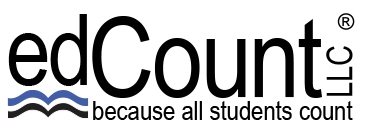In July 2014, Exceptional Children accepted the paper “Where students with the most significant cognitive disabilities are taught: Implications for general curriculum access” for publication. This paper, coauthored by Elizabeth Towles-Reeves from edCount, Harold Kleinert from the University of Kentucky, and Rachel Quenemoen and Martha Thurlow from the University of Minnesota, reported on a survey of 15 states about placements of 39,837 students to examine the extent to which students who took the AA-AAS in the 2010-11 school year had access to regular education settings, and the extent to which that access correlated with expressive communication, use of an augmentative/alternative communication (AAC) system, and reading and math skill levels. The vast majority (93%) of students were served in self-contained classrooms, separate schools, or home settings, while only 7% were served in regular education or resource room placements. Researchers found a significant, positive correlation between expressive communication, reading and math skill levels, and increasingly inclusive classroom settings; and a significant, negative correlation between use of AAC and more inclusive settings, indicating those students using AAC had less access to inclusive settings.
This paper developed out of relationships formed in the National Center and State Collaborative (NCSC), a project led by five centers and 24 states to build an alternate assessment based on alternate achievement standards (AA-AAS) for students with the most significant cognitive disabilities. To read the paper in its entirety, click here. To learn more about the work NCSC is doing to ensure students with the most significant cognitive disabilities achieve increasingly higher academic outcomes and leave high school ready for post-secondary options, click here.
